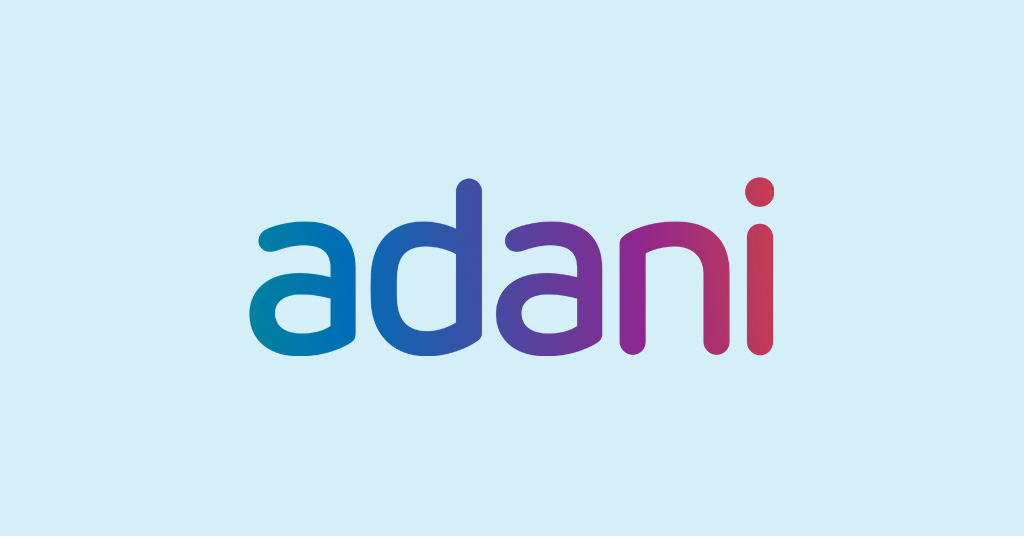Adani's $1.2 Billion Copper Facility Set to Drive Metal Production Surge in India
- 05-Feb-2024 3:50 PM
- Journalist: S. Jayavikraman
The Gautam Adani-led conglomerate is in the process of constructing the world's largest single-location copper manufacturing facility in Mundra, Gujarat, with the aim of reducing India's reliance on copper imports and facilitating the transition to clean energy. Valued at $1.2 billion, the plant is scheduled to commence its initial phase by the end of March, with full-scale operations expected to reach a capacity of 1 million tonnes by fiscal year 2029.
India is aligning itself with other nations like China, rapidly expanding its copper production—a pivotal metal for transitioning away from fossil fuels. The copper demand is intensified by critical technologies essential for the energy transition, including electric vehicles (EVs), charging infrastructure, solar photovoltaics (PV), wind energy, and batteries.
Adani envisions becoming a global leader in the copper sector, leveraging the Adani Group's robust presence in resource trading, logistics, renewable power, and infrastructure. The ambitious goal is to establish the world's largest copper smelting complex by 2030. Acknowledging India's per capita copper consumption of around 0.6 kg compared to the global average of 3.2 kg, Adani foresees a doubling of domestic copper demand by 2030 due to the nation's commitment to clean energy, increased adoption of electric vehicles, and associated applications.
Recognizing the strategic fit of the copper business within its broader energy transition investments, the Adani Group is heavily investing in areas complementary to its existing capabilities. Copper, as the third most utilized industrial metal after steel and aluminum, experiences escalating demand propelled by the rapid growth of renewable energy, telecommunications, and electric vehicle industries.
India's domestic copper production has struggled to meet rising demand, leading to heightened dependence on imported copper. Over the past five years, India's copper imports have consistently increased, reaching a record 181,000 tonnes in the fiscal year 2023, while exports dwindled to a record low of 30,000 tonnes. The country's estimated copper consumption in FY23 stood at 750,000 tonnes, anticipated to rise to 1.7 million tonnes by 2027, primarily driven by surging demand from the green energy sector.
Adani's foray into copper manufacturing, through its subsidiary Kutch Copper, represents a natural extension of its diverse business portfolio, encompassing trading, mining, logistics, infrastructure, and manufacturing. The Mundra plant is poised to produce copper cathodes, rods, and valuable byproducts, including gold, silver, selenium, and platinum. Additionally, it will generate sulphuric acid, a crucial raw material for various industries, reducing India's reliance on the import of approximately two million tonnes of sulphuric acid.
In its Phase I, the plant is set to produce 500,000 tonnes of refined copper annually, along with byproducts such as gold, silver, sulphuric acid, and phosphoric acid. The subsequent Phase II expansion aims to elevate the refined copper capacity to 1 million tonnes annually. Notably, Adani's copper plant focuses on sustainability, with lower greenhouse gas emissions, long-term supply agreements for copper concentrate, and strategic integration across the value chain.
Adani's entry into the copper sector coincides with Vedanta Ltd's attempt to reopen a long-shuttered plant in Tuticorin, and Hindalco Industries Ltd's operation of the country's largest copper smelter. The sustainable design of Adani's plant aligns with its Environmental, Social, and Governance (ESG) priorities, featuring a zero liquid discharge system, exploration of green power options, and utilization of byproducts in sectors such as cement.
On a global scale, copper production is concentrated, with Chile and Peru accounting for 38% of world production. Adani's sustainable and cost-effective approach positions Kutch Copper as a significant player in the global copper production landscape, contributing to India's self-sufficiency in copper and supporting the transition to a green energy future.



